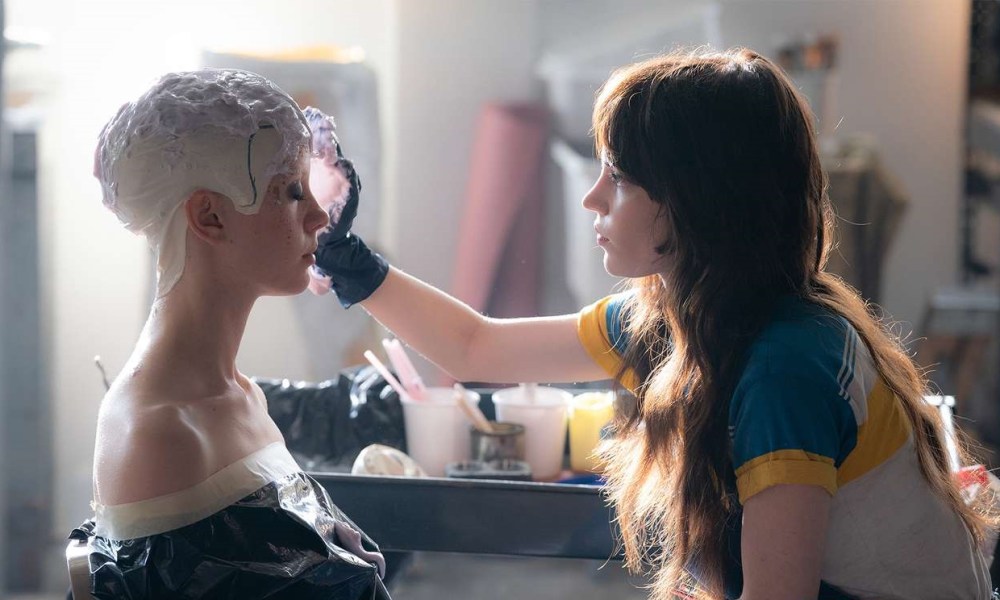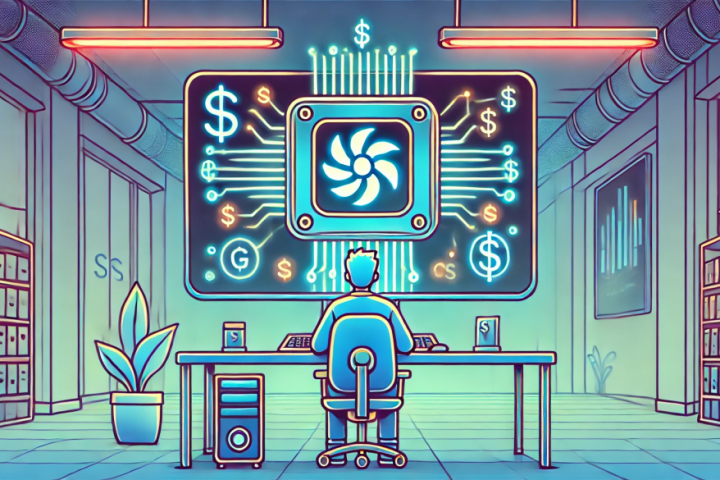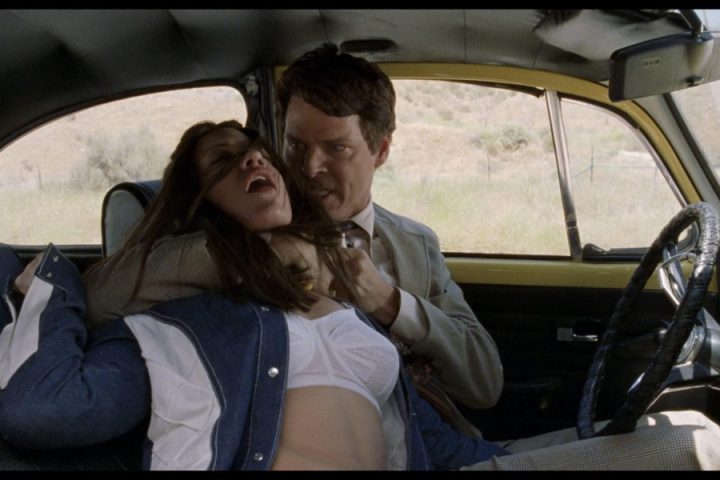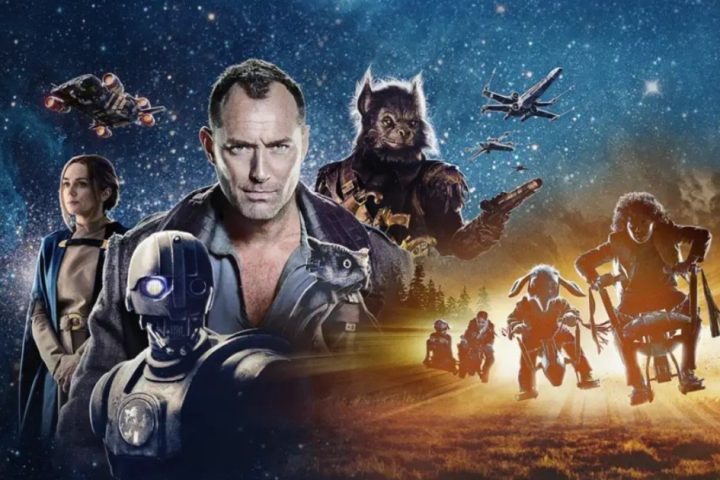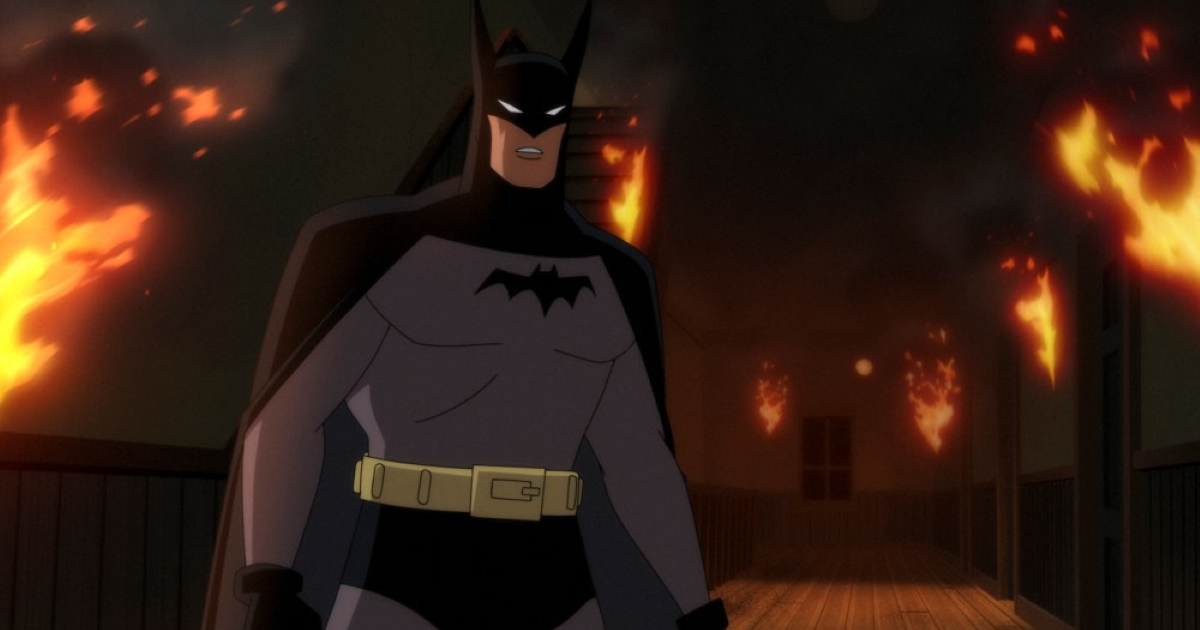It’s undeniable that the early 90s arcade fighting game scene was dominated by a fierce rivalry between Capcom’s Street Fighter II and Midway’s Mortal Kombat. Amidst this intense competition, another Capcom fighter, Darkstalkers: The Night Warriors (or Vampire: The Night Warriors for the Japanese audience), was somewhat overlooked. This horror-themed fighter managed to ride the wave of Street Fighter II‘s popularity, but never quite reached the same heights as the two main contenders. Despite this, it remains a cherished series among Capcom’s fighting game fans, and has even influenced the Street Fighter series with its unique mechanics and artistic style.
Screenshots courtesy of Mobygames.
Most fighting games, particularly those from the early 90s, aren’t exactly renowned for their intricate storylines, and Darkstalkers is no exception. The plot revolves around Earth merging with the demon realm known as Makai, resulting in the emergence of the titular Darkstalkers—mythical creatures. Ten supernatural beings materialize to wage an eternal war for the domination of the night. Later, it’s revealed that the powerful alien Pyron has returned to Earth to devour it, leaving the Darkstalkers as the last line of defense.
The origins of Darkstalkers are somewhat murky. According to the game’s art director, Akira Yasuda, the idea for a monster-themed fighting game came from his colleague, Akitomo, and was brought to life by designer Junichi Ohno. However, Ohno claimed in an interview with Japanese gaming magazine Gamest that the concept was born from a brainstorming session at Capcom, where Japanese yokai monsters would battle each other. Another possible origin story comes from Capcom USA producer Alex Jimenez, who suggested that the game started as a Universal Monsters game, but Universal refused to license their characters to Capcom, leading Jimenez to create his own characters for the game.
Regardless of its origins, Capcom decided to use Darkstalkers to showcase their new CPS-II board, which had previously been tested with Super Street Fighter II Turbo. The aim was to create a fighting game where the characters and their stages were visually distinct from the norm of fighting games at the time. The result was a roster of characters with unique looks and animations that not only set Darkstalkers apart from other fighting games of the era, but also gave each character a unique personality. The comic book-style aesthetics of Darkstalkers can be seen as a precursor to Capcom’s Street Fighter Alpha series, with the character of Rose bearing the most resemblance to the Darkstalkers design.
Even today, it’s impressive to see the amount of animation each character displays, even in their basic attacks. This is in addition to unique animations for being cut in two, burned, frozen, cursed, or poisoned. It’s no wonder Capcom reused the sprites for its many crossover titles. The animation team even took inspiration from Hanna-Barbera cartoons when designing the look of the animation. The backgrounds also boasted more details than Street Fighter II, such as the cats roaming around amidst the neon signs in Felicia’s stage, or the women fanning themselves in Dmitri’s stage.
Given its horror theme, Darkstalkers naturally features more violence and blood in its attacks. However, the development team also included some more light-hearted animations. This contrast helped set Darkstalkers apart from other fighting games of the time, allowing the game to adopt more of a comic book feel as opposed to the more “grounded” look and feel of Street Fighter.
One of the key appeals of Darkstalkers is undoubtedly its characters. The vampire lord Demitri Maximoff, succubus Morrigan Aensland, and catwoman Felicia are probably the most popular fighters, having appeared in several crossover games. However, the entire cast is noteworthy, each with their unique backstories and motivations. This was largely thanks to Jimenez and his team, who developed the stories for each character:
Jon Talbain is an Englishman cursed with hereditary lycanthropy, who fights to regain his humanity. Bishamon is a ghostly samurai inhabiting a suit of cursed armour, who also fights to break his curse and rid the armour from his body. Lord Raptor is a zombified Australian rockstar who seeks power. Victor von Gerdenheim is a nod to Frankenstein’s Creature, who seeks to impress his deceased father/creator. Anakaris is a 5,000-year-old Egyptian pharaoh fighting to regain his authority and restore his empire. Rikuo is a merman seeking revenge for the fall of his race. Lastly, Sasquatch is a member of a tribe of Bigfoot living in the Rocky Mountains, seeking to prevent the other Darkstalkers from invading his land.
The cast is rounded out by the aforementioned Pyron as the game’s final boss, and a sub-boss in Huitzil, a member of an army of ancient robots constructed by Pyron 65 million years ago, who were tasked with destroying all organic life on Earth.
Adopting the same six-button system as Street Fighter II, Darkstalkers introduced unique gameplay and new mechanics that distinguished it from its predecessor. Like SSF2T, Darkstalkers features a Super Combo gauge called a Special meter, which fills up as the player attacks their opponent. Once filled, the player can unleash a unique ES attack that inflicts significant damage on their opponent. Alternatively, the player can use the Special meter to unleash a more powerful variant of one of their special moves, referred to as an EX attack. This mechanic was first used in the PlayStation and Sega Saturn versions of Street Fighter: The Movie, but was later fully adopted for Street Fighter III.
Darkstalkers further distinguishes its fighting experience with crouch walking and air hovering for some characters, air blocking, and chain combos. The latter two mechanics were incorporated into the Street Fighter Alpha series. And like SSF2T, Darkstalkers also allows players to adjust its speed when selecting their character, increasing the intensity of the gameplay. While it may seem straightforward to pick up and play at first glance, Darkstalkers presents a learning curve that makes mastering it more challenging than other fighting games of the time.
Despite its complexity, Capcom didn’t shy away from promoting Darkstalkers in an attempt to emulate the success of Street Fighter II in the merchandising arena. Given the game’s comic book-style art, it’s no surprise that numerous manga and comics have been released over the years. And, being the 90s, North American fans were also treated to a 13-episode cartoon that, much like its Street Fighter II counterpart, was of questionable quality. It’s probably best to stick with the OVA in this case. And yes, we did get action figures (courtesy of ToyBiz), although they didn’t appear until 1999.
Unfortunately, Darkstalkers never achieved the popularity of Street Fighter. The reasons for this are unclear. It could be that Capcom chose to focus on Street Fighter II due to its existing popularity, and didn’t want to divide resources

